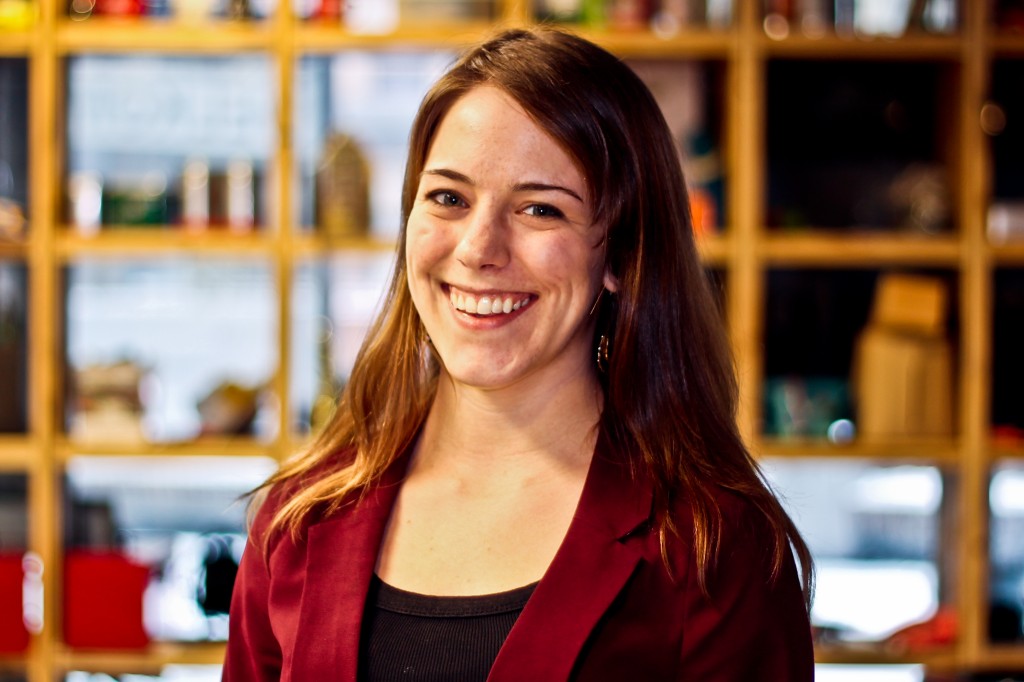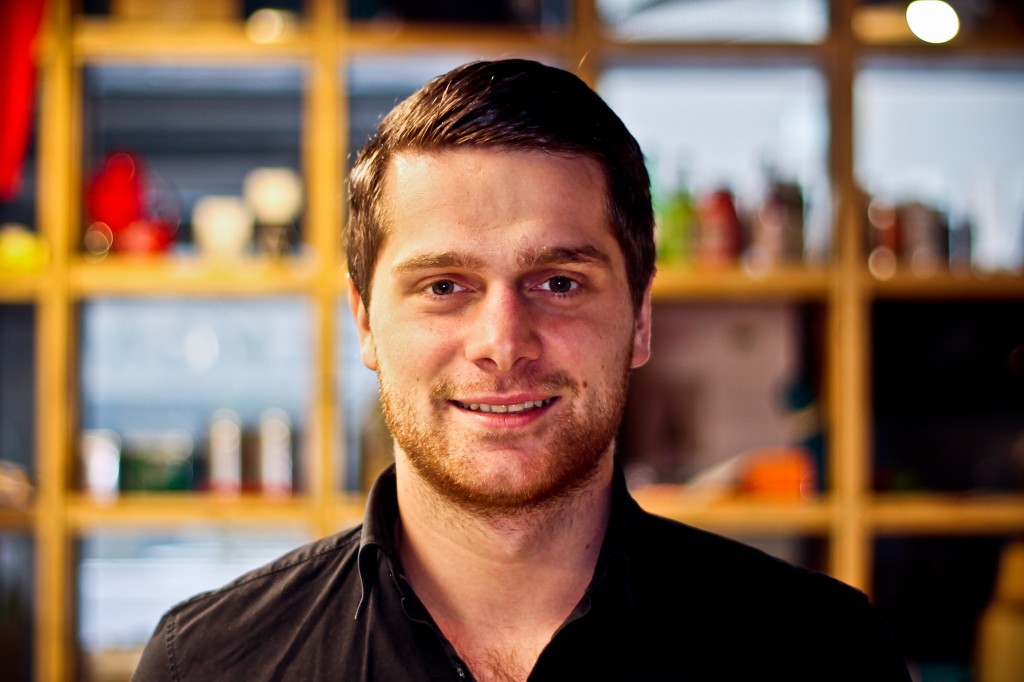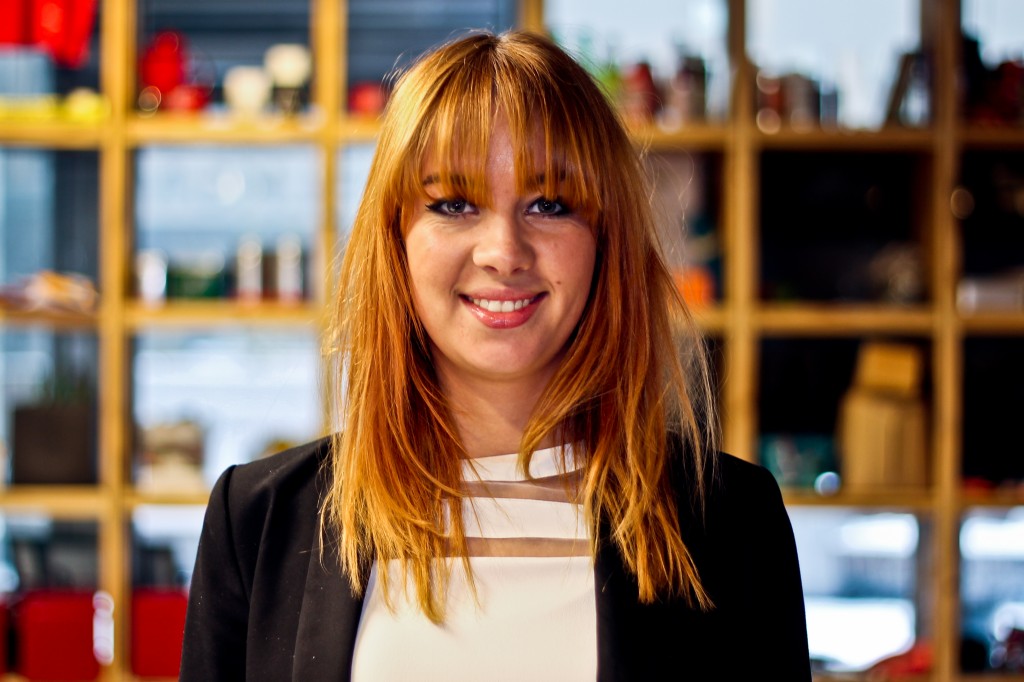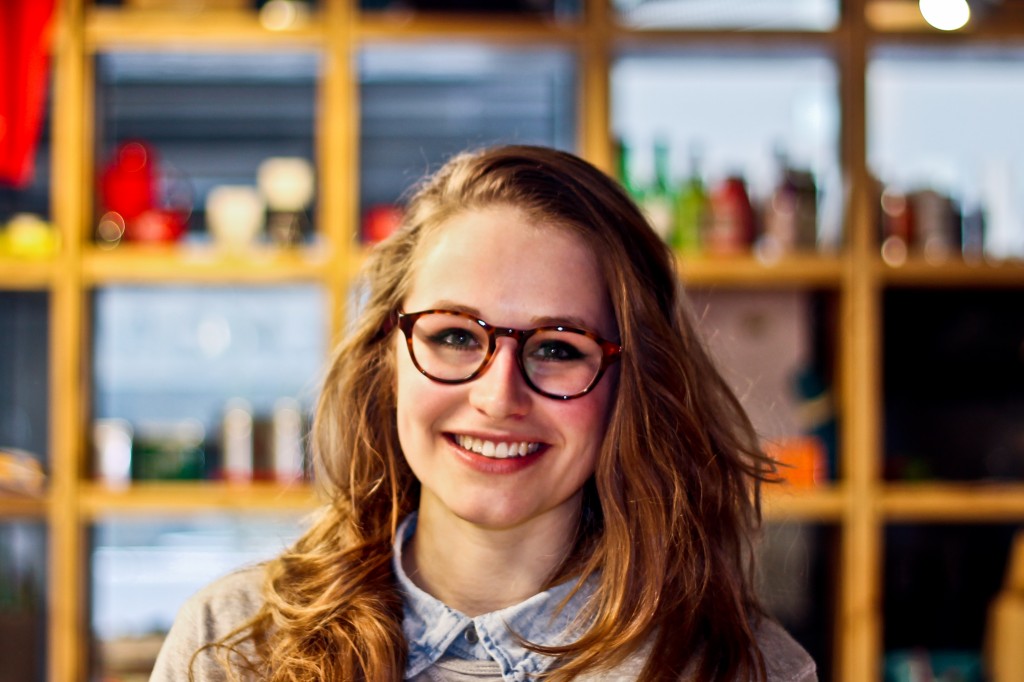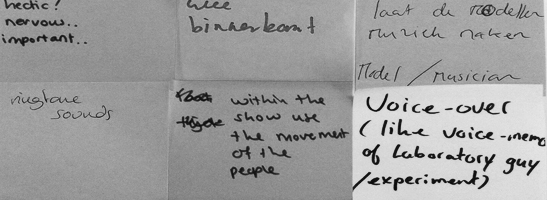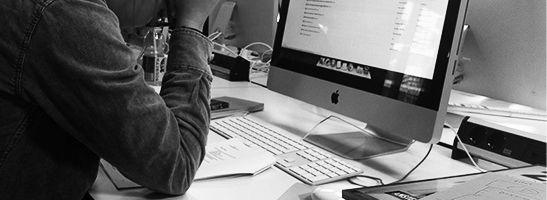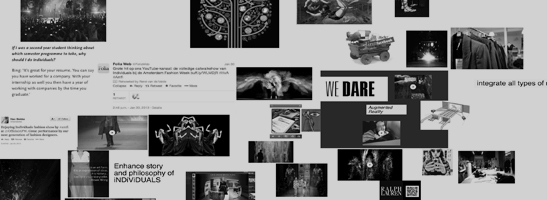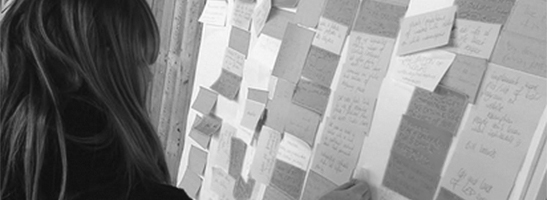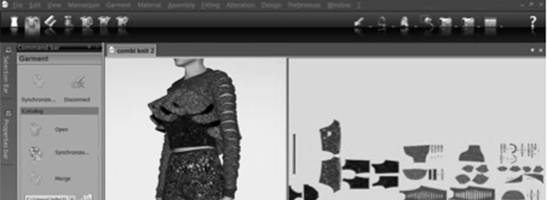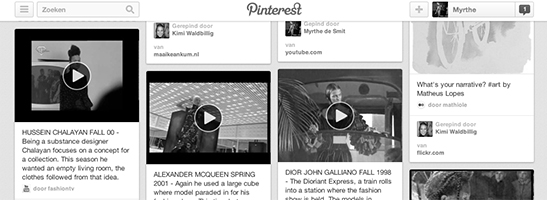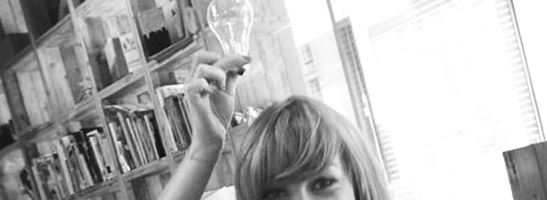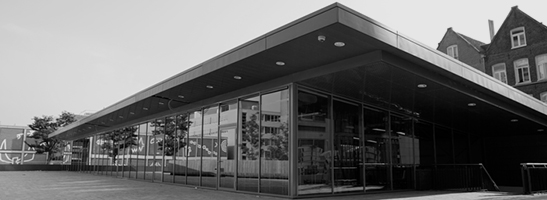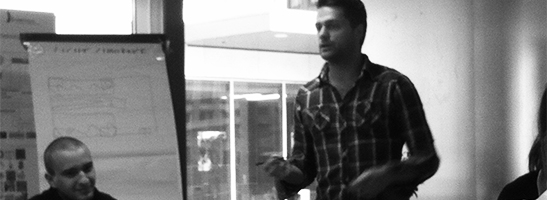
Ending of the concept phase
Three bold titles with strong incentives for specific stakeholders. After more than eighty hours of sweat, tears, agreeing to disagree, and making changes – we’ve finally considered ourselves finished with the official Concept phase. Although we’re overjoyed to have come this far as a team, there’s a long road ahead of us. Naturally, however, we’d like to share our outcomes with our loyal blog following. What really made the presentation is that we reviewed the insights we gathered in the research phase that drove us to create these concepts. Each of them is indeed innovative in its own way – and in the words of Nietzsche: “the essence of all beautiful art, of all great art, is gratitude”.
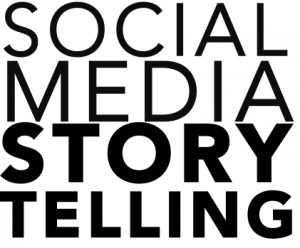
“Creating a buzz on mainstream media by giving the fashion show audience a digital goodie bag with exclusive content”. This concept offers a “one-of-a-kind” social media feed overlaid on the desktop live stream, which is fed by ‘share’ function on individual pieces of static detail content being pushed to users at the live show through the AFW app. What makes this concept innovative is that instead of the social media feed be text-based, our feed would be one of multimedia where desktop users would be more enticed to click on and further interact with the images (thumbnails) bubbling up in the stream. The insight that drove this concept was that most every attendee has and is using their mobile phones during a catwalk show. Instead of having them being distracted all over the web, incentivize them to stay in sync with the brand’s exclusive content. The added benefit to this concept is that it offers traceability; the brand has the ability to pinpoint key influencers on social media and understand what social media channels matter for the brand.
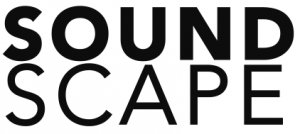 “Telling the story of the brand through sound”. If you were to close your eyes at a fashion show, it would be hard to get a basic feeling of what the clothes are intended to make the seer wearer feel. With this concept, members of the catwalk audience would be able to create another layer of meaning for the visuals through carefully designed sound. Ideally this concept would also allow any soundscape that was created to be repeated in other locations, like at a fashion school’s open house day or at a retail store location. Perhaps also those tuning in from home via a live stream could also experience elements of the created soundscape as well. The concept is innovative in that the process of creating the sounds to be played back live at the show will involve sound design and engineering techniques that haven’t been deployed at a show before. At least not in the ways that we’re thinking. The insights that drove this idea to an actual concept is that sound is a member of the new media family that is often downplayed to the favor of the visual sense. In fact, what most people don’t realize is that sound is creating a large majority of the emotional experience of looking at an image.
“Telling the story of the brand through sound”. If you were to close your eyes at a fashion show, it would be hard to get a basic feeling of what the clothes are intended to make the seer wearer feel. With this concept, members of the catwalk audience would be able to create another layer of meaning for the visuals through carefully designed sound. Ideally this concept would also allow any soundscape that was created to be repeated in other locations, like at a fashion school’s open house day or at a retail store location. Perhaps also those tuning in from home via a live stream could also experience elements of the created soundscape as well. The concept is innovative in that the process of creating the sounds to be played back live at the show will involve sound design and engineering techniques that haven’t been deployed at a show before. At least not in the ways that we’re thinking. The insights that drove this idea to an actual concept is that sound is a member of the new media family that is often downplayed to the favor of the visual sense. In fact, what most people don’t realize is that sound is creating a large majority of the emotional experience of looking at an image.
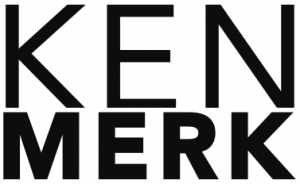
“A highly visual portal to store and share parts of the creative process” This concept is a digital toolkit that makes it possible render student-submitted digital artefacts of the creative process in a 3D space timeline. Digital artefacts are any piece of material such as a video, a sound clip, an image, or digital representations of things in the physical world like a swatch of fabric or a handwritten note. This system would allow the artefacts to be approached real-time collectively and re-arranged, filed, or even just simply perused. The insight that led us to developing this concept was that the necessity of documenting the physicality of fashion’s creative process is afforded in the difficulty of repeating it. What makes this concept innovative is that the environment in which the digital artefacts exists contributes to their usefulness.
Our assigner came to the MediaLAB for our presentation yesterday, and the discussion that followed was delightedly deep and meaningful. Although ‘mum’s the word’ for which specific idea has been chosen, we’re proud of having developed together and delivered three feasible, viable and desirable solution concepts to our innovation partner. For now, it’s off to work – we’re running a “sprint” research phase, in which we’re making the planning for the final ten weeks of the project!



